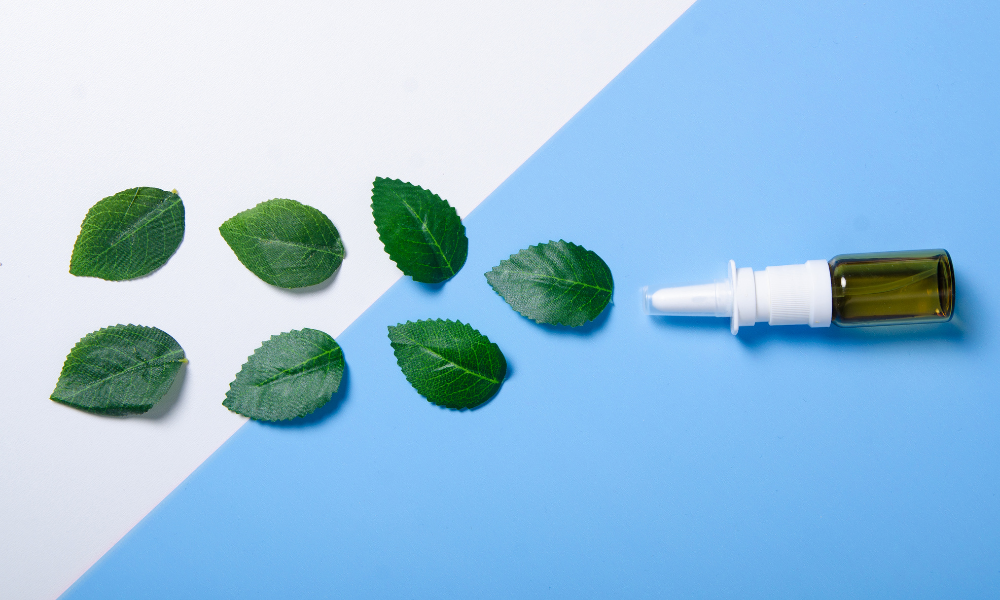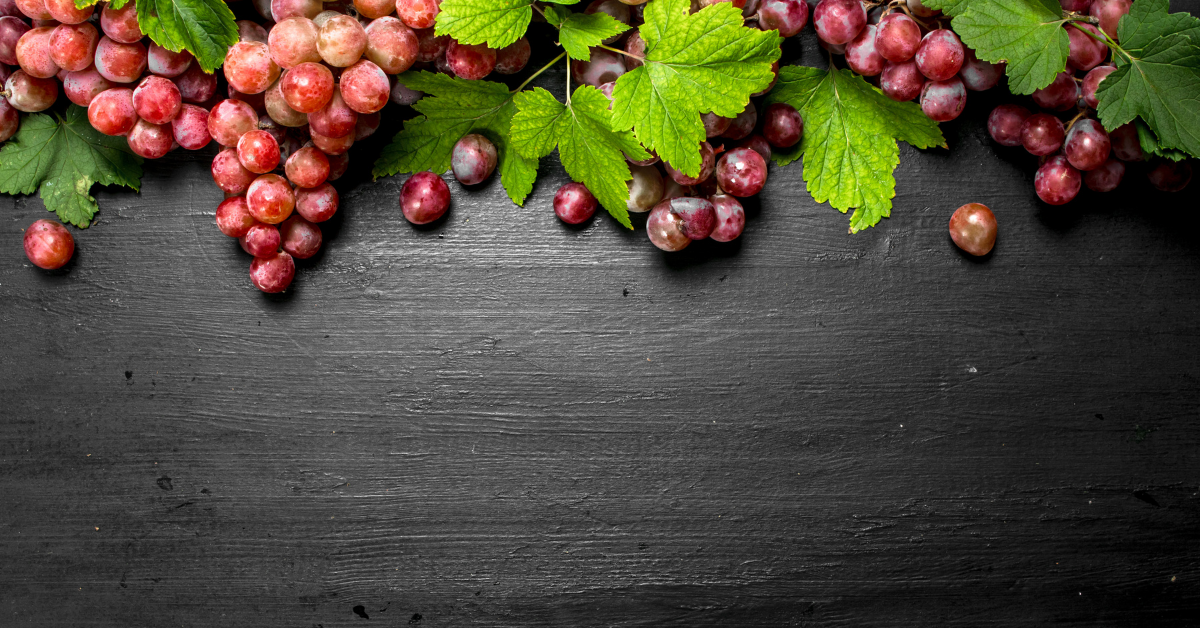Your body has to fight against pathogens, diseases and attacks from inside and outside every day. In order not to lose this battle, it needs substances that help it to remain strong and resistant. Antioxidants are such substances. They help your organism in the fight against free radicals. At the forefront is the algae pigment astaxanthin. In this article we will take a closer look at it and explain how it can support your health.
At the end of the article there is a 15% voucher for our Astaxanthin waiting for you!
What is astaxanthin actually?
Chemically speaking, astaxanthin belongs to the xanthophylls. This is one of two classes into which the over 1,000 existing carotenoids are divided. These in turn are a group of natural substances that give various plants, such as peppers and tomatoes, their typical coloring. But astaxanthin is actually also found in animal organisms: in nature, it gives crabs and salmon their characteristic pink coloring.
The group of carotenes includes, for example, β-carotene found in carrots or lycopene found in tomatoes. The group of xanthophylls includes, for example, lutein and zeaxanthin found in spinach, as well as astaxanthin.
Natural astaxanthin, obtained from the microalgae Haematococcus pluvialis, has one of the highest antioxidant potentials. But unlike other antioxidants and carotenoids such as β-carotene or lycopene, astaxanthin is said to be able to cross the blood-retinal barrier and therefore has a supportive effect on inflammation of the eye.
In the EU, astaxanthin is not approved as a medicine, but as a food supplement and food coloring (E161).

Antioxidants - no chance for free radicals
We often come across the term “antioxidant”, but what exactly does it mean?
As the name suggests, they prevent oxidation. And that's a good thing, because these oxidation processes produce free radicals. These are very aggressive and reactive oxygen-containing molecules, atoms or ions with an unpaired electron, such as the hydroxyl radical.
Free radicals are created in the body by endogenous (internal) factors, such as overloading of the mitochondrial combustion processes, or exogenous (external) factors. These include smoking, exposure to heat or environmental toxins.
Since they are missing an electron, they steal electrons from another molecule. When they come into contact with body cells, they then acquire the missing electron and thereby put biological tissue under oxidative stress. As initiators, they can trigger a chain reaction that either damages or even completely destroys tissue, cells and molecules.
Because of the missing electron, the reaction partner itself becomes a free radical and starts searching for something.
Antioxidants serve as protection against free radicals. Examples of other antioxidants are selenium , zinc and vitamins C , E and B2, which help protect cells from oxidative stress.
Let’s get a little more scientific for a moment…
Pharmacological and clinical properties of astaxanthin
An in vitro study from 1990 suggests that astaxanthin has anti-inflammatory properties.
Another study, published in the journal Trends in Biotechnology , showed evidence that this powerful antioxidant could also help with degenerative diseases such as osteoarthritis and arthritis.
The positive results of this research suggest that astaxanthin could have medical significance. However, further studies are needed to explore the range and depth of its effectiveness.
Astaxanthin in use
A placebo-controlled and randomized double-blind study published in 2010 investigated the effectiveness of astaxanthin on oxidative stress, the immune system and inflammatory processes in young women.
The results - published in the journal Nutrition & Metabiolism - showed that astaxanthin could reduce tissue-damaging acute-phase proteins and DNA-damaging biomarkers.
But not only that: In addition, it also seemed to strengthen the cell-controlled immune response in these healthy, young women.
As a fat-soluble active ingredient, astaxanthin exerts its effectiveness in the lipid areas of the body. It protects the inside and outside of the cell membrane from the damage of free radicals because it extends through the entire lipid bilayer of the membranes in the cells.
However, the absorption of astaxanthin in the intestine, as well as the absorption of related carotenoids, is often not high. The reason: these substances are poorly soluble in water. Therefore, it is best to take them in combination with fat.
Now let’s look at some practical examples where astaxanthin could help!

What can astaxanthin help with?
First of all: Astaxanthin is not a miracle cure. However, various studies have shown that it can make a valuable contribution to maintaining the body's health. Further research will show to what extent Astaxanthin can be used in the medical field.
Here are a few examples where this carotenoid has already shown its potential:
- UV light and heat exposure are two factors that stimulate the formation of free radicals. As a study published in the journal Nutrition showed, astaxanthin can help protect your skin from the harmful effects of radiation through its antioxidant properties.
- Antioxidants are said to strengthen eyesight. Taking astaxanthin could potentially help prevent age-related macular degeneration. This is suggested by a study entitled “Secondary Analyses of the Effects of Lutein/Zeaxanthin on Age-Related Macular Degeneration Progression“
- Strength endurance, athletic performance and faster regeneration are also said to be promoted by taking astaxanthin. This is the conclusion reached by a review from 2017. It showed that the stress caused by exercise, the symptoms of fatigue and muscle and joint pain were alleviated.
- A Swedish double-blind study looked at increasing strength endurance on a squat machine over a period of six months. The group of subjects who received 4 mg of astaxanthin per day increased their number of repetitions three times as much as the placebo group.
- In a placebo-controlled study of 20 couples with infertility caused by poor sperm quality, it was shown at the end that sperm speed, morphology and motility had increased, while oxidation activity decreased over the same period.
It can be said that wherever antioxidants play a role in health, the use of astaxanthin is a good choice.
What are the side effects?
So far, no side effects are known if the packaging recommendations are followed when taking astaxanthin.
If you suffer from an allergy to crustaceans, you should find out in advance where the astaxanthin in the product comes from. This way, you can avoid allergic reactions in case there are actually traces of it.
Even as a cancer patient undergoing tumor therapy, you should discuss the intake of dietary supplements in detail with your doctor.
Research results published in the journal Food and Chemical Toxicology showed an effect of astaxanthin on liver enzymes. When taken, there can be an increase in the drug-degrading cytochrome P450 enzymes. This causes certain drugs to be broken down more quickly, which can potentially affect their effectiveness.
As is often the case, further studies are needed in order to be able to give more precise recommendations on possible side effects.
How to take and dose astaxanthin
Experts consider a daily dose of 4 mg of astaxanthin per day to be a safe intake.
This is also roughly the amount that is contained in a standard capsule. As mentioned, the active ingredient is very fat-soluble. To improve absorption in the intestine, you should also consume a fatty food when taking it.
Viktilabs' astaxanthin is dissolved in high-quality MCT oil, which also increases absorption. It also contains vitamin E, which also has an antioxidant effect.

Conclusion: Astaxanthin is a promising antioxidant
Astaxanthin, an algae pigment that belongs to the carotenoids, is mainly found in plants. As an antioxidant, it supports the body in defending itself against so-called free radicals, which can cause cell damage, among other things.
Astaxanthin could help fight inflammatory diseases such as osteoarthritis or arthritis. Studies also show that it could have positive effects on skin, eyes and even sperm quality.
Although it is considered safe to consume, people who are allergic to crustaceans should pay close attention to the source of their dietary supplement.
We at +Viktilabs would like to thank you for reading this far and are giving you a 15% voucher for our ASTAXANTHIN .
Simply copy the voucher code " ASTAXANTHIN15+V "
and enter it at the checkout.
Click here for the product
[1] https://pubmed.ncbi.nlm.nih.gov/12727382/
[2] https://pubmed.ncbi.nlm.nih.gov/16562856/
[3] https://patents.google.com/patent/US5527533A/en
[4] https://pubmed.ncbi.nlm.nih.gov/2084711/
[5] https://pubmed.ncbi.nlm.nih.gov/12766075/
[6] https://jglobal.jst.go.jp/en/detail?JGLOBAL_ID=200902273278006725
[7] https://pubmed.ncbi.nlm.nih.gov/12727382/
[8] https://pubmed.ncbi.nlm.nih.gov/20205737/
[9] https://www.ncbi.nlm.nih.gov/pmc/articles/PMC5946307/
[10] https://jamanetwork.com/journals/jamaophthalmology/fullarticle/1788227
[11] https://www.ncbi.nlm.nih.gov/pmc/articles/PMC5778137/
[12] https://www.alifenutrition.cz/userfiles/dietary-supplementation-with-astaxanthin-rich-algal-meal-improves-strength-endurance.pdf
[13] https://pubmed.ncbi.nlm.nih.gov/20860632/
[14] https://pubmed.ncbi.nlm.nih.gov/23669408/

















